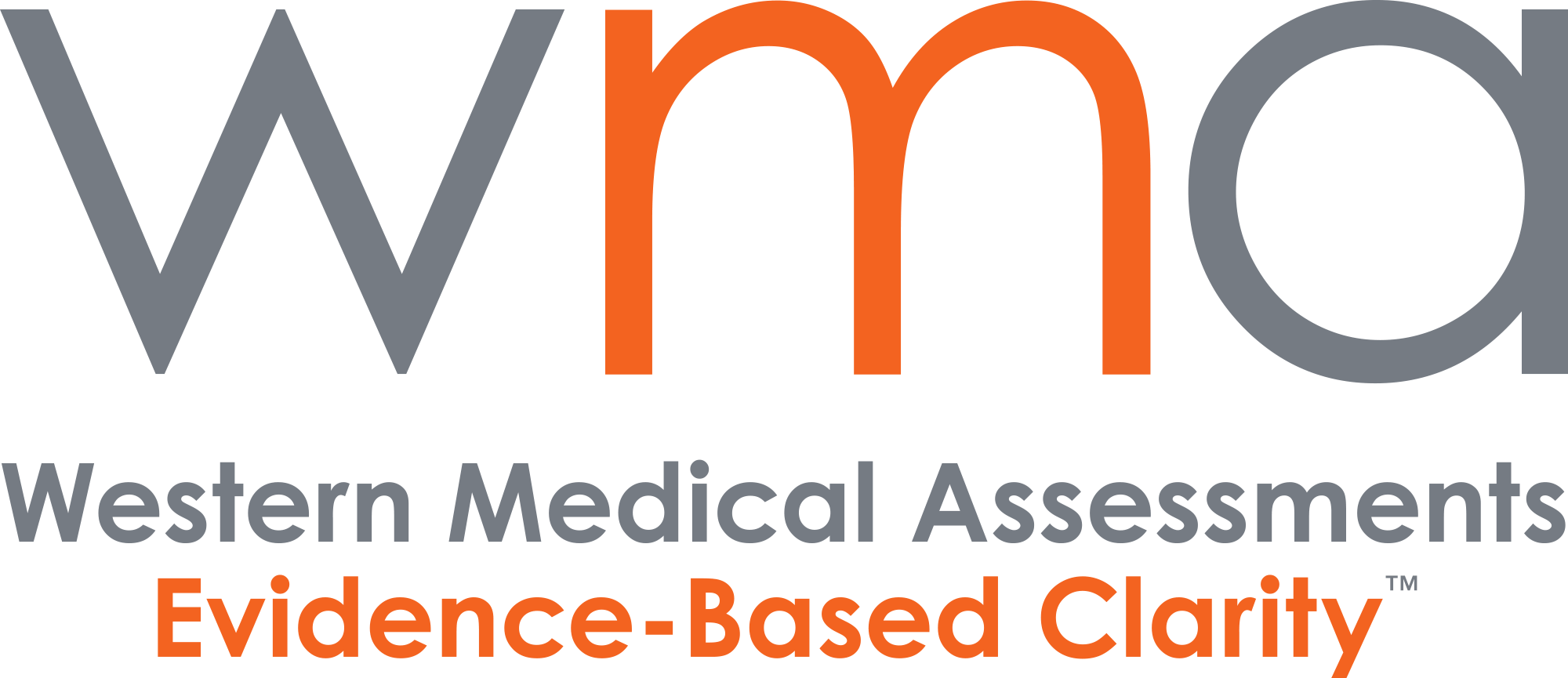More Albertans are reporting workplace injuries, according to data from the province’s Workers’ Compensation Board. Between 2015 and 2022, the average claim duration—the period of time an injured worker receives benefits to replace lost wages—rose by over 85%. The data only includes lost-time claims; it excludes situations in which employees report back to work the day following an accident.
From 2015 to 2021, the average lost-time claim duration climbed gradually; in 2022, it stayed the same. The WCB provided wage loss replacement benefits to injured workers on average for 34 days in 2015. Over the last two years, the average length of a claim has been sixty-three days.
Although other elements affect how long a claim lasts, Ben Dille, the WCB’s team lead for engagement and development, stated that the economy is a significant one. “When the economy is weaker, there are fewer suitable return-to-work options that are available for injured workers as they’re trying to reintegrate back into the workforce,” Dille stated in a CBC News interview.
Dille went on to say that “conversely, when the economy is stronger, those positions are more readily available and so people will tend to go back to work faster and they don’t remain on WCB benefits for quite as long.”
According to Bob Barnetson, an Athabasca University labour relations professor, during the first two years of the epidemic, there was a general decrease in the amount of labour available, which would have meant that there would have been fewer jobs available for injured workers. “That, of course, would extend claim duration,” he stated.
The rise in claim time may have also been caused by staff turnover and an influx of COVID-19-related claims, according to Kevin Becker, a former WCB case manager who currently operates Alberta Workers’ Compensation Consulting.
Becker reviews injured workers’ papers and represents them in appeals, acting as an advocate for these workers. “What I see over and over again is the claim files changing hands repeatedly,” he stated. The former case manager went on to say that delays and longer active claims may result from those modifications among other things.
Like many companies, the WCB, according to Dille, has seen “a decent amount” of turnover, especially in the claim staff department. As a result, the organization is attempting to teach adjudicators and case managers who are less seasoned.
The increasing number and length of claims “drove a significant rise in the cost of workplace illness and injuries” last year, according to the WCB’s premium rates highlight sheet for companies. In 2022, the volume of claims climbed by almost 33% over the previous year, and it has increased by roughly 50% since 2019.
The WCB informed employers that an increase in the average employer premium rate would be necessary to pay the planned cost of occupational illnesses and injuries this year. In addition, employers received $273.4 million in subsidies. Employers have benefited from $1.6 billion in WCB subsidies over the last six years.
Since they go back to work right away, the majority of Albertans who are hurt at work don’t file lost-time claims. That was the situation for Lethbridge resident Dale Dacey, who hurt his arm in October while lifting and tossing bundles of sugar beets onto a conveyor belt.
Dacey reported that he returned to work at his seasonal job in the town of Taber in the hopes that the pins and needles he was experiencing would go away on his arm. He filed a claim with WCB when it didn’t, but that was after the work season had concluded. He mentioned that there can be lengthy wait times for specialists and that certain injuries recover considerably more slowly than others. Dacey claimed that after months of physical treatment, his arm is getting better.
He is appreciative of the tailored care he has received through the WCB and intends to go back to work when the season reopens in September. He said they have supported him and that he “ just hopes that it works for everybody.”.
=================================================================
Considering an IME or document review to resolve an insurance claim, legal file, or workplace health and safety issue?
Our specialists provide evidence-based opinions, so get in touch with Western Medical today to learn more about our services.

